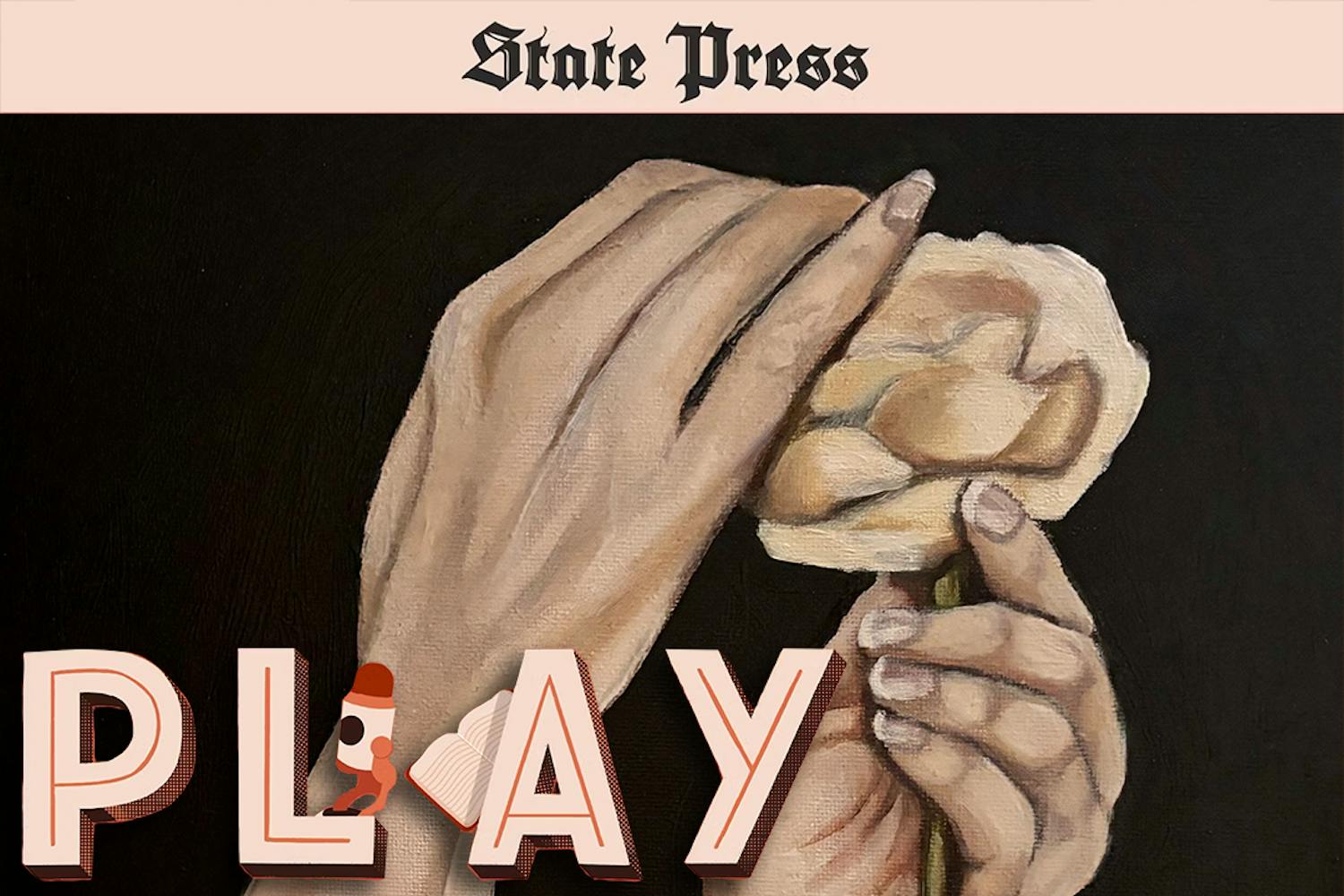Arizona is no longer a forgettable red state. For better or for worse, we have a nationally recognizable profile courtesy of elected officials such as Gov. Jan Brewer and Maricopa County Sheriff Joe Arpaio.
These figures are easily remembered "brand names," but they won't be our brands for much longer.
As we prepare for the seemingly far-off 2014 Arizona gubernatorial race, several other names — recognizable or not — have begun to percolate.
From former Tempe mayor Hugh Hallman to current Phoenix mayor Greg Stanton, the battle for Arizona's top executive office will culminate in a showdown among hometown heroes. The race will be between people who over the last five to 10 years have significantly contributed to the bettering of Arizona.
What will this mean for Arizona's students?
There are more than 100,000 college students in the state. In most electoral races, 100,000 votes are more than enough to change the outcome. As a voting bloc, student needs are not receiving recognition.
Elections were once won by pandering to these older groups with law-and-order style rhetoric and a fierce defense of conservative values.
Such rhetoric can often be alienating for minority groups and certainly will not win over the college-aged students who tend to be more liberal. Even younger conservatives eschew the more hardline stances against immigration or other hot-button wedge issues we inevitably hear about during each election cycle.
The way for these recognized political figures to truly engage the students of Arizona lies in ditching the tired partisanship and embracing the future electorate.
This is not to say that politicians ought to pander to college students. Voter participation by 18- to 29-year-olds tends to be low — even in 2008 when many segments of the electorate were energized by President Barack Obama's candidacy, only 50 percent of younger voters turned out.
Pandering is not an effective method of convincing college students to vote. Instead, our officials should focus on implementing policies that will both benefit current students as well as attract new students to Arizona universities.
Many of us have had to defend our state from its less than stellar reputation. Arizona carries a connotation of crazy.
Between multiple attempts to allow firearms on university campuses, a 2009 plan to sell off the Arizona House and Senate buildings to raise some cash, a 2012 law that defines pregnancy as beginning two weeks before the moment of conception — not to mention the infamous Senate Bill 1070 — governor of Arizona is perhaps not the most prestigious office.
Arizona has a vested interest in shedding this image, and the best route for our future governor to take is to remember that the 100,000 voices of Arizona's universities won't always be so apathetic. We are the future.
In order for the future to exist, continued funding for the arts and education, as well as working with the Arizona Board of Regents to lower tuition rates, must be a top priority for our gubernatorial candidates as they begin their politicking.
Want to join the conversation? Send an email to opiniondesk.statepress@gmail.com. Keep letters under 300 words and be sure to include your university affiliation. Anonymity will not be granted.



